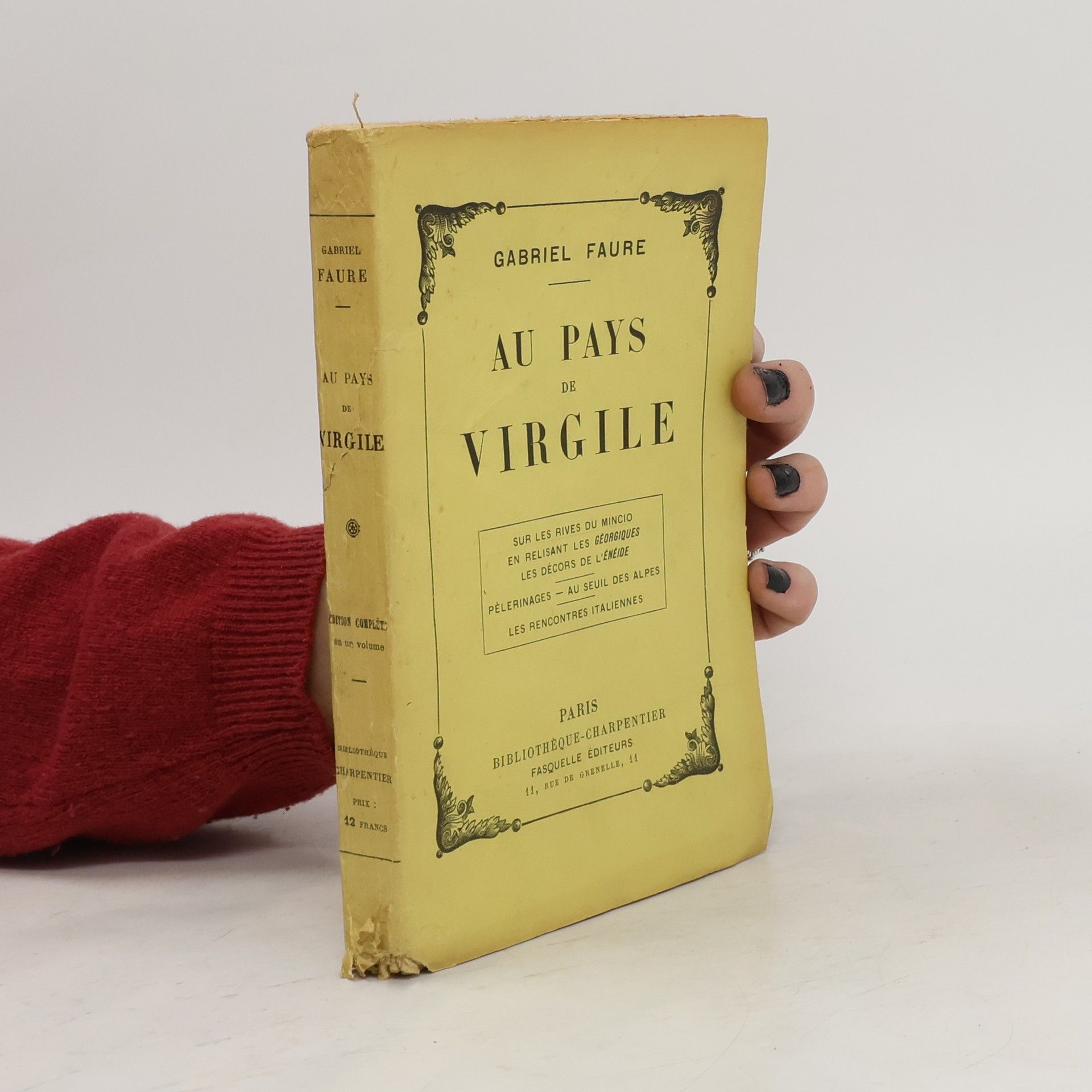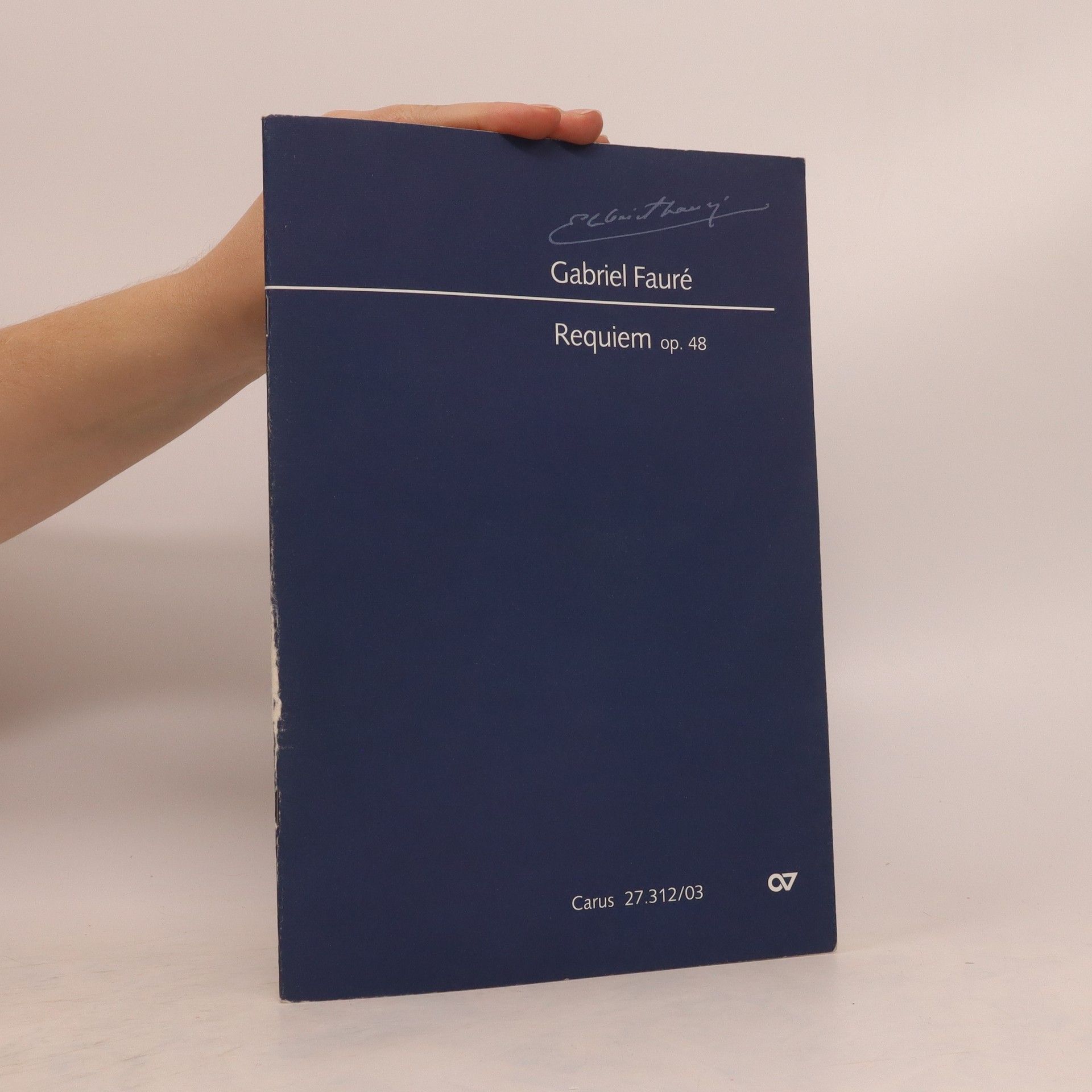Gabriel Faure Books

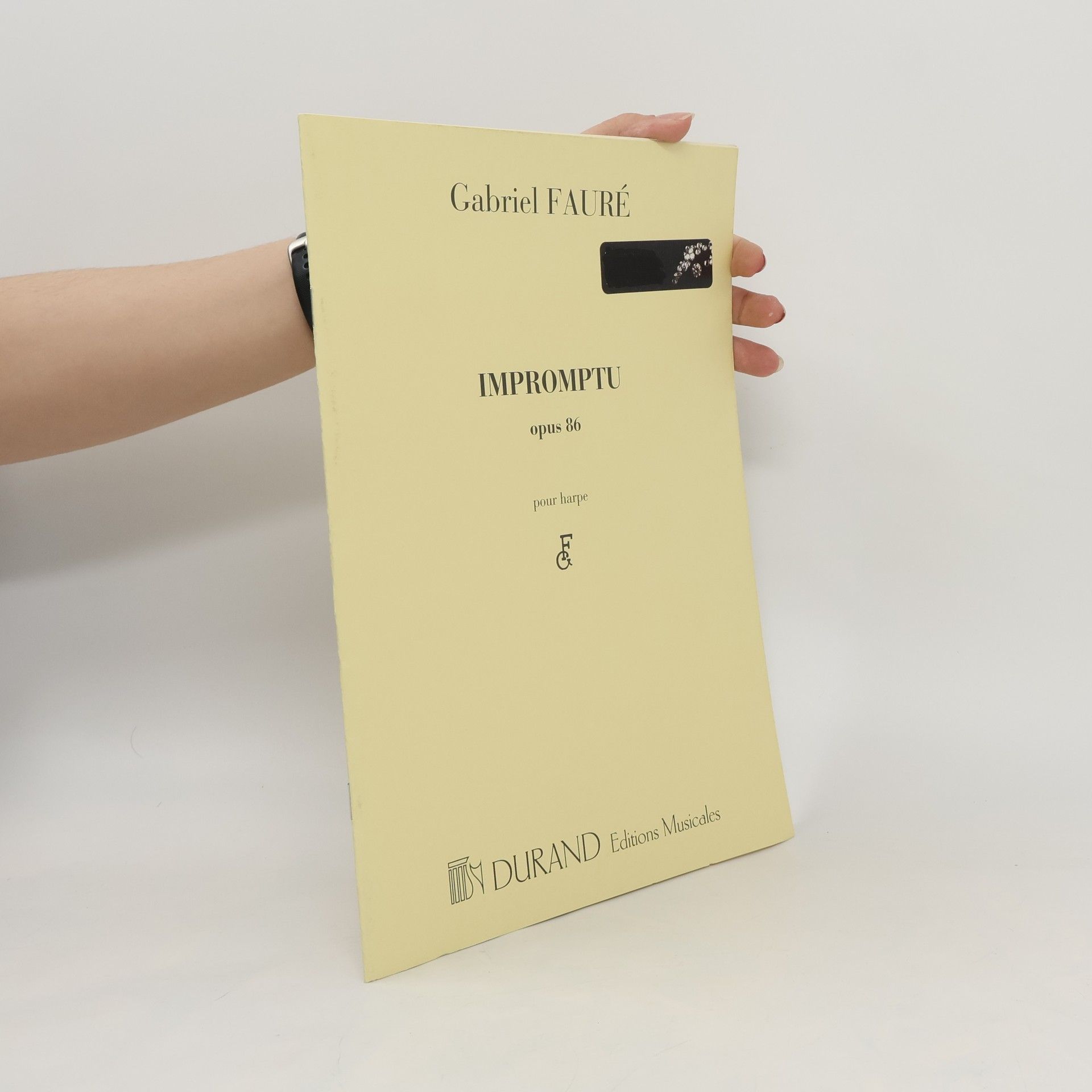


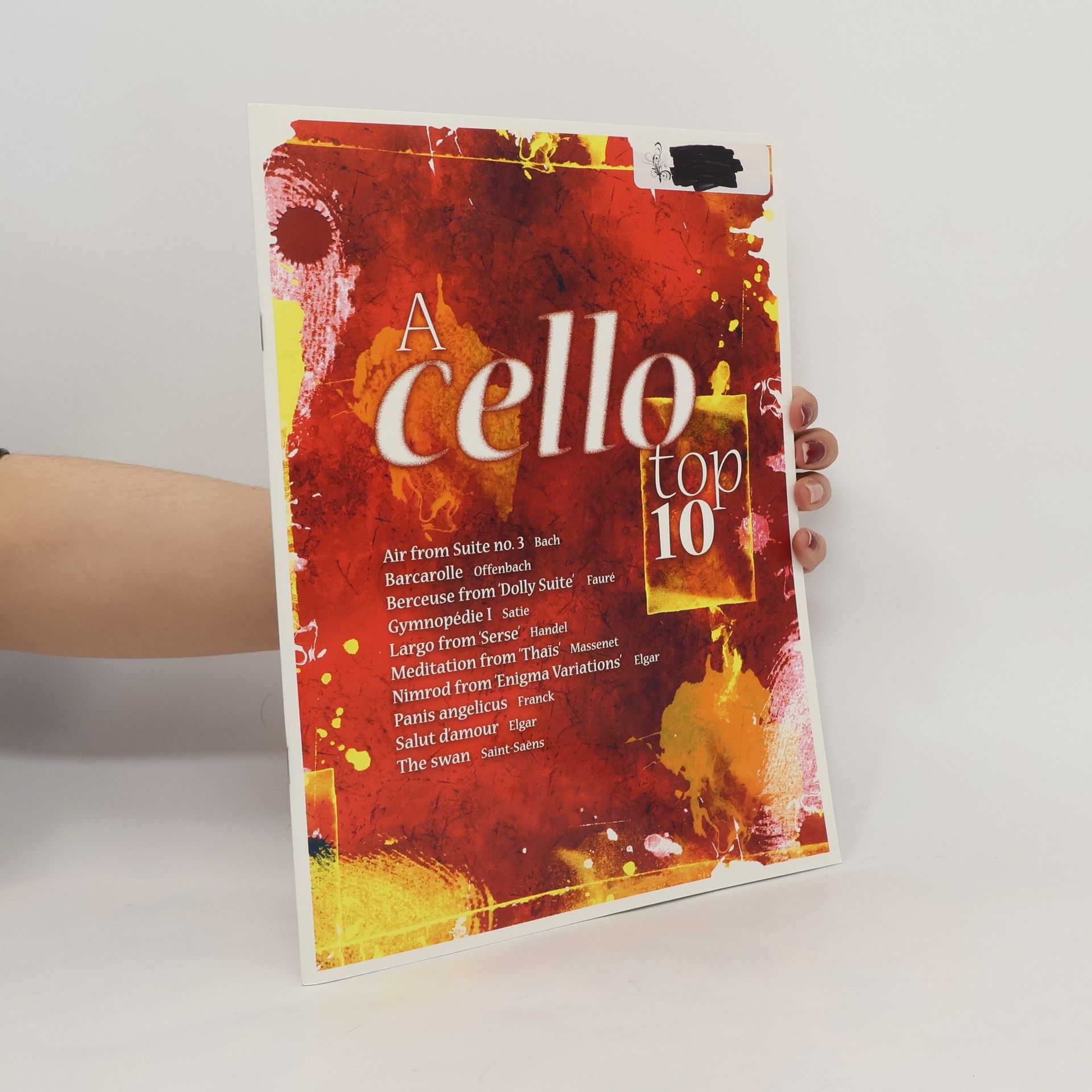
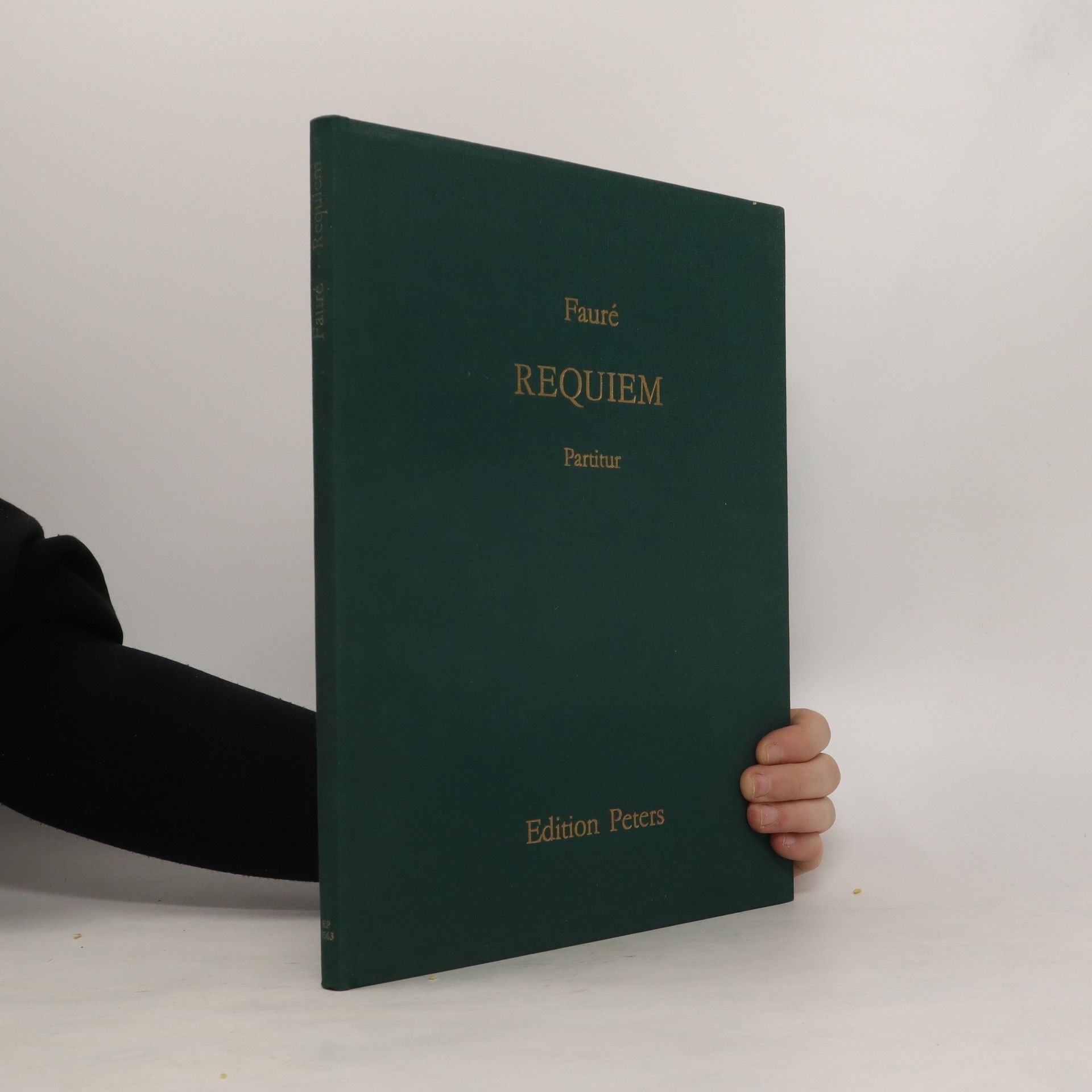
Here are ten of the most famous melodies beautifully arranged for cello and piano. You'll love playing them and others will enjoy listening ! Air from Suite No. 3 (JS Bach), Barcarolle (Offenbach), Berceuse from 'Dolly Suite' (Faur), Gymnopdie No. 1 (Satie), Largo from 'Serse/Xerxes' (Handel), Meditation from 'Thas' (Massenet), Nimrod from 'Enigma Variations' (Elgar), Panis angelicus (Franck), Salut d'amour (Elgar), The Swan (Saint-Sans). Printed Music CELLO & PIANO BEST SELLER!
Pavane Op. 50 (Arranged for Piano): Sheet
- 16 pages
- 1 hour of reading
Edited and arranged by Wendy Hiscocks and Roy Howat. Fauré made a piano transcription of the Pavane, but subsequently he revised his original orchestral score. Hiscocks and Howat's new transcription is true to the spirit of Fauré's arrangement. The preface quotes from Sir Adrian Boult's recollection that Fauré preferred (and played the piece at) a tempo considerably faster than the rather doleful interpretations one often hears. Fauré composed the Pavane in the summer of 1887, originally as a purely orchestral piece for the concert series of the Parisian conductor Jules Danubé. For some reason Danubé left it unperformed, a miscalculation he must have later regretted when the piece became immensely popular in various forms for orchestra or piano, with or without voices. In 1975, in letters to Robert Orledge, Sir Adrian Boult recalled meeting Fauré and hearing him play at the London home of Leo Frank Schuster in 1906 and 1908. Sir Adrian concludes: May I ask you to do all you can to prevent the prevalent performances of the Pavane as if it were a piece of German Romanticism, written by someone like Schumann with a full measure of sentiment. The words are obviously a leg-pull, and the scene is a number of young people dancing and chaffing each other. . .
Mit diesem frühen Zyklus (1863/64) schließt Fauré an Mendelssohns Lieder ohne Worte an und schreibt sich gleichzeitig in die französische Tradition der "Romance sans paroles" ein, wie sie vor ihm u. a. Thalberg, Kalkbrenner, Gounod oder Bizet komponierten. Erst 1880 erschienen die Stücke - als erste seiner Klavierwerke - im Druck, im gleichen Jahr wie die Ballade op. 19. Von der großen Popularität dieser auch für den Klavierunterricht gut geeigneten Werke zeugen die zahlreichen Nachdrucke, Transkriptionen und Bearbeitungen noch zu Faurés Lebzeiten. Die vorliegende Urtext-Edition berücksichtigt alle Quellen, einschließlich der Einspielung durch Fauré selbst und einer frühen vierhändigen Fassung von Nr. 3, und basiert auf dem Notentext der "OEuvres complètes" von Gabriel Fauré. Sie enthält im Anhang zudem die erste Fassung der dritten "Romance sans paroles". - Aktuelle Urtext-Edition unter Einbeziehung aller Quellen auf der Grundlage der "OEuvres complètes" von Gabriel Fauré - Erste Urtext-Ausgabe mit der ersten Fassung von Nr. 3 - Mittlerer Schwierigkeitsgrad, gut geeignet für den Klavierunterricht
Faurés "Pavane" für Orchester entstand 1887, noch im selben Jahr gefolgt von einer Fassung für Chor und Orchester. Drei Jahrzehnte später sollte Sergej Djagilev das Werk von seinen Ballets russes tanzen lassen, ein Beispiel für die große Beliebtheit der Komposition. Die "Pavane" atmet ganz den Esprit der Fêtes galantes im Paris der Jahrhundertwende. 1889 erschien die höchstwahrscheinlich von Fauré eingerichtete Fassung für Klavier solo, die er mehrfach aufführte und auch auf Notenrollen einspielte. Die vorliegende Urtext-Ausgabe basiert auf dem Notentext der Gesamtausgabe "?uvres complètes de Gabriel Fauré". Für die Edition der "Pavane" zog der Herausgeber insbesondere den Erstdruck der Klavier- fassung heran, zudem das Autograph der Orchesterfassung und Faurés zweite Aufnahme der Klavierversion. Ein eleganter Notenstich mit praktischen Wendestellen lädt zum Studium des populären Werks ein.
